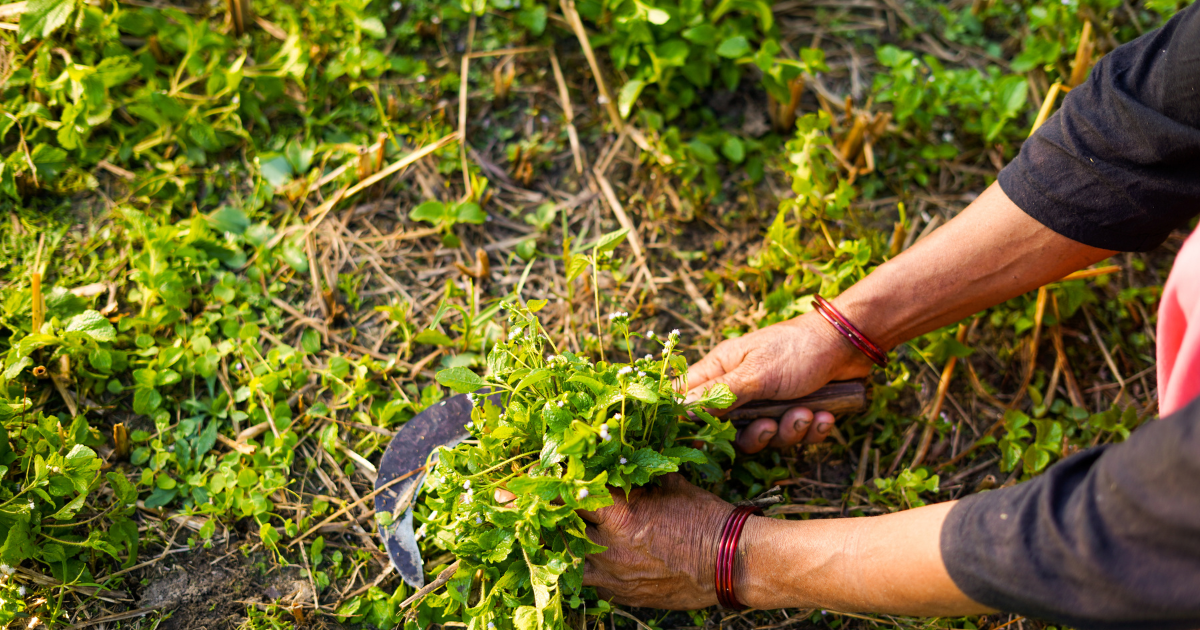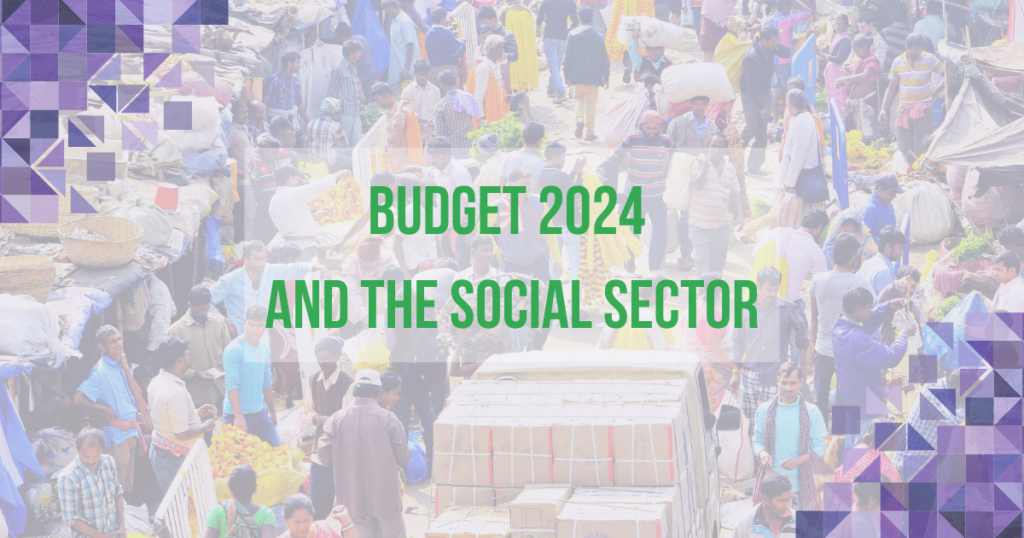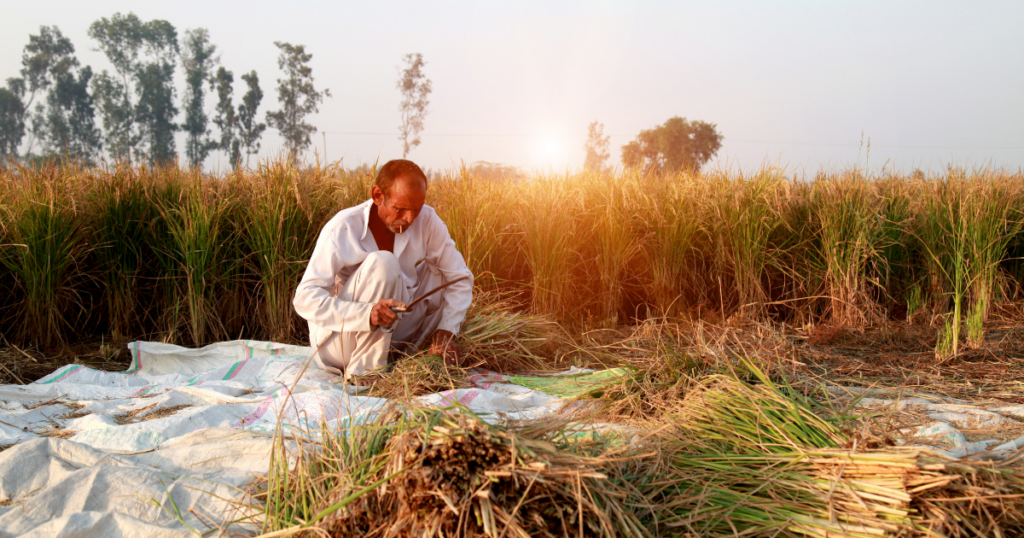Emerging Need for Regenerative Agriculture (RA)
Unsustainable land use practices in agriculture are resulting in the critical depletion of natural resources. To mitigate the damage, several alternatives to traditional agriculture have emerged and evolved from time to time. Regenerative agriculture is a principled approach that refers to the integration of sustainable farm practices and operations to reverse the degradation of agricultural resources, the main objective being the rehabilitation and conservation of nature.
Many agricultural practices like natural farming, no-tillage, composting, usage of biochar, and keyline subsoiling achieve one or more objectives of RA at regional and local levels. The benefits of RA are seen at the systemic level, in the form of improvement in living outcomes and quality of natural resources, and farm levels, manifesting as reductions in input and subsidy, as well as environmental costs.
Existing Landscape: Growing Interest in India and globally
Regenerative agriculture can play a key role in addressing climate change issues and has witnessed increasing interest among government and corporate stakeholders. The valuation of RA has been estimated at around US $20 billion by 2030. Governments across the world have shown interest in regenerative agriculture, with initiatives like ‘4 per 100’ initiative in France, ‘Rizoma Agro’ in Brazil, and ‘Regenerative Agriculture Association’ in South Africa. Additionally, global corporations like Olam, FAO, EcoFarm, and RegenAg are aligning their processes and programmes with forward-looking sustainability goals focusing on the regeneration of ecosystems.
In India, private corporations are venturing into this space through the establishment of networks and collaboratives, the creation of organisational frameworks, and funding of projects on farmer capacity building and evidence-based assessments at the farm level. Moreover, individual farm-level innovators and entrepreneurs have been using innovative techniques, including natural farming and permaculture, on their farms as opposed to conventional practices. India has also started focusing on natural farming as a sub-component of regenerative agriculture. The Government of India, as well as the state governments aim to double the area under natural farming to around 2 million hectares by 2025.
Challenges and Opportunities
Scaling up RA is difficult – less than 2% of the cultivable area in India is currently under RA. Even states with critically overexploited levels of water levels are yet to actively consider any regenerative farming alternatives to their existing modes of farming. Even with growing interest among stakeholders, Regenerative agriculture has remained a programme-level intervention, and faces challenges due to heterogeneity in understanding and defining clear objectives for interventions. The major challenges centre around farmers’ behavioural skew towards conventional farming, lack of homogeneity in understanding, inadequate skill sets among farmers and the lack of access and availability of resources like capital, natural inputs and technology.
Call for Action
There is a need to develop systems for collaborative and continued efforts which are based on robust evidence, symmetric information and an understanding of the ground-level realities at the farm level to make this alternative work.
- Short-term Priorities:
Ground-level evidence-based assessment and research, farmer training and capacity building, strategic communication of benefits of Regenerative Agriculture
- Medium-term Priorities:
Designing products and services (e.g. financial) and creating networks and collaboratives around RA.
- Long-term Priorities:
Creation of common terminologies, influencing incentives for farmers at the policy level and using technology as an enabler.
Author: Ayushi Baloni
Technical Review: Vikramjeet Sharma and Debaranjan Pujahari




